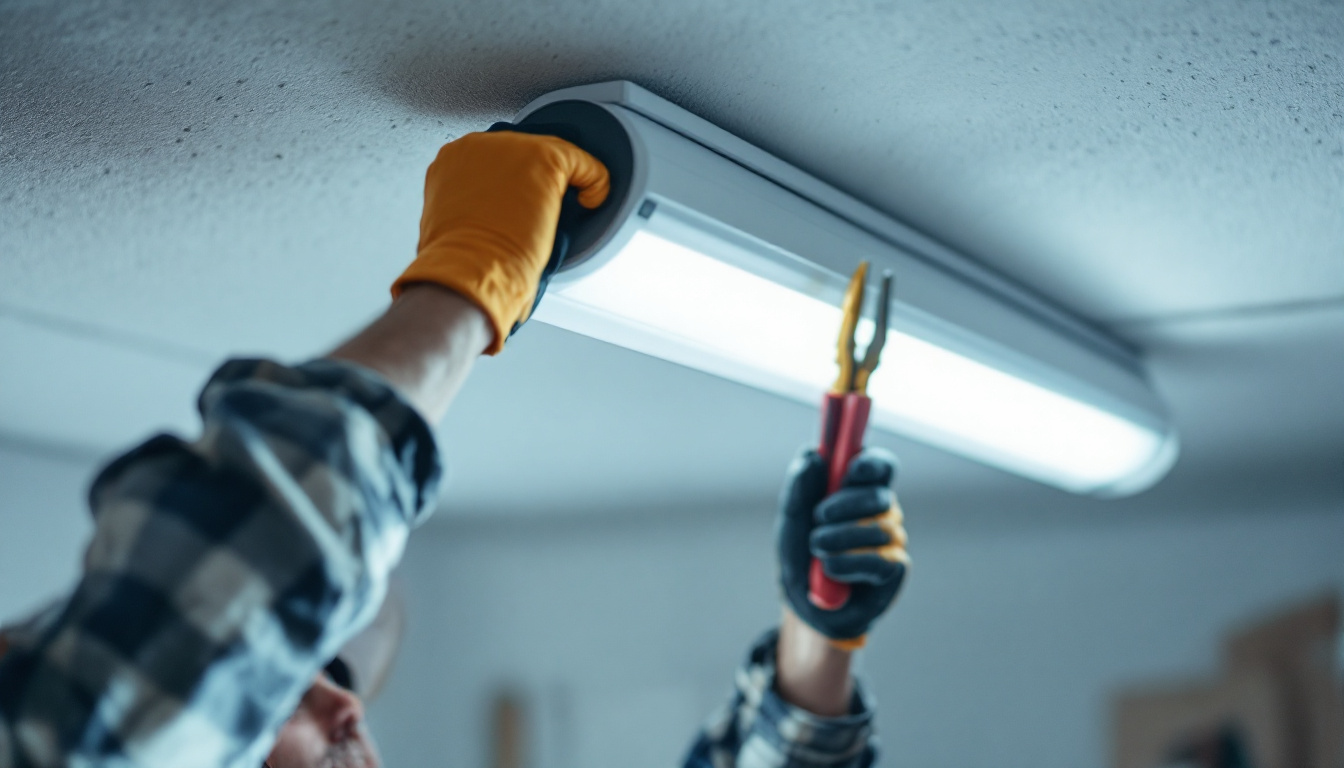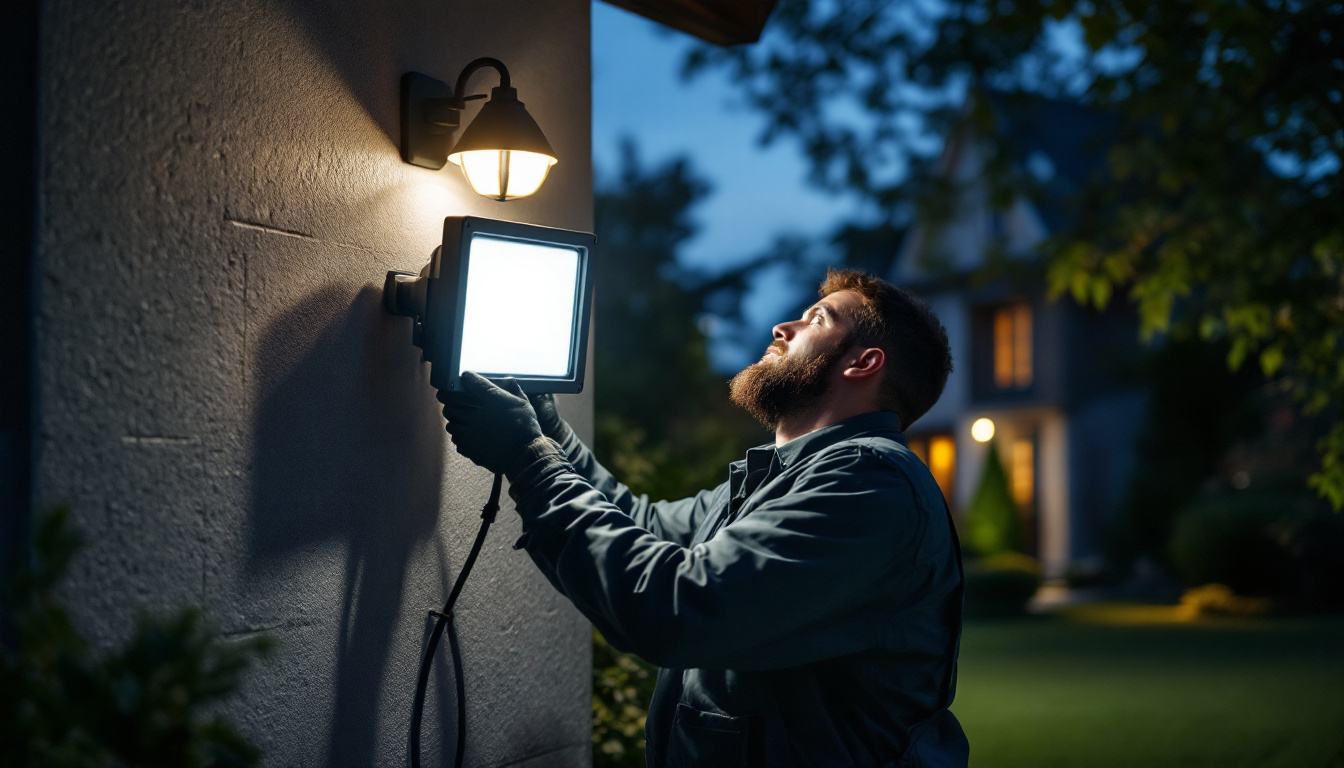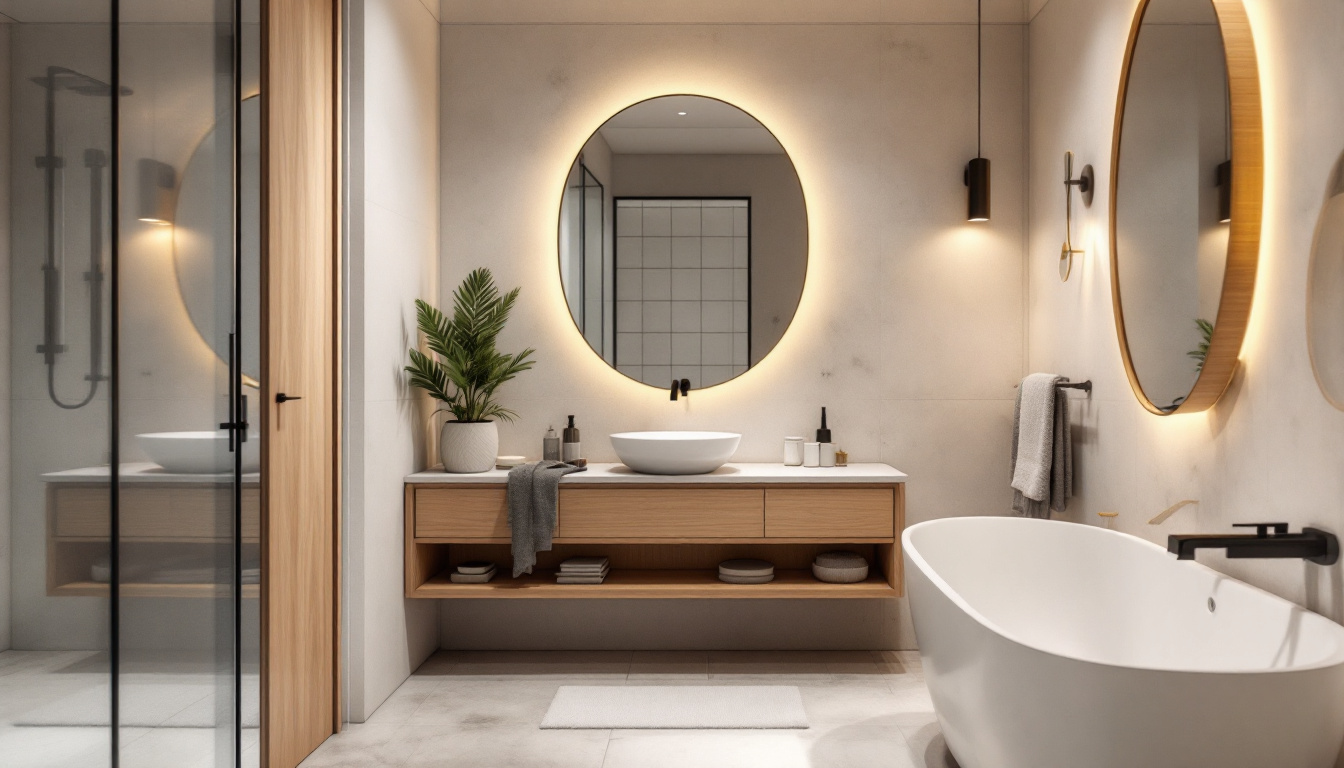
Fluorescent lighting is a staple in many commercial and industrial settings. As a lighting contractor, understanding how to efficiently and safely remove fluorescent bulb covers is essential. Whether for maintenance, replacement, or upgrades, knowing the proper techniques can save time and ensure safety. This article delves into the methods of removing fluorescent bulb covers and highlights the importance of this skill for every lighting contractor.
Fluorescent bulb covers, often referred to as lens or diffusers, serve multiple purposes. They not only protect the bulbs but also diffuse light evenly across the space. Typically made from acrylic or polycarbonate, these covers can vary in design, from simple flat panels to more complex shapes. Knowing the different types of covers will help contractors approach the removal process with confidence. In addition to their functional benefits, these covers can also enhance the aesthetic appeal of a space, contributing to the overall design and ambiance. For instance, a well-chosen diffuser can soften harsh lighting, creating a more inviting atmosphere in offices, retail spaces, or homes.
There are several types of fluorescent bulb covers, each designed for specific applications. The most common include:
Understanding these variations is crucial for contractors, as the removal technique may differ based on the cover type. Each design presents unique challenges and requires specific approaches to ensure safe removal without damage. Moreover, the choice of cover can influence energy efficiency; for example, prismatic covers can enhance the distribution of light, potentially allowing for lower wattage bulbs to be used without sacrificing brightness.
Improper removal of fluorescent bulb covers can lead to several issues. First, it may cause damage to the cover itself, leading to replacement costs. Second, mishandling can result in injury, especially if the cover shatters. Additionally, a lack of knowledge about the fixture can lead to electrical hazards. Therefore, understanding the correct method is vital for both efficiency and safety. Furthermore, ensuring that the covers are removed and reinstalled correctly can prolong the lifespan of the fluorescent bulbs themselves. Dust and debris can accumulate on the covers over time, affecting light output and energy efficiency. Regular maintenance, including proper removal and cleaning of these covers, can significantly enhance lighting performance and reduce energy costs in the long run.
Before attempting to remove a fluorescent bulb cover, having the right tools and equipment is essential. The following items are commonly required:
Having these tools ready before starting the job can streamline the process and minimize risks. Additionally, ensuring that all equipment is in good condition will enhance safety and efficiency. It’s also wise to have a flashlight handy, especially in dimly lit areas, as it can help illuminate the workspace and ensure that you can see what you are doing clearly. This is particularly important when dealing with older fixtures that may have accumulated dust or grime, obscuring your view.
Moreover, consider having a vacuum cleaner or a dustpan and brush nearby to clean up any debris that may fall during the removal process. Fluorescent bulb covers can sometimes shatter or break, leading to small shards of plastic or glass that need to be safely cleaned up to prevent accidents. By being well-prepared with the right tools and a plan for cleanup, you can make the task not only safer but also more efficient, allowing you to complete the job with confidence.
Removing fluorescent bulb covers can vary based on the fixture type and cover design. However, the following general steps can guide lighting contractors through the process:
Before beginning any work, ensure that the power to the fixture is turned off. This can typically be done by switching off the circuit breaker or removing the fuse. Always double-check with a voltage tester to confirm that there is no electrical current.
Next, don safety goggles and gloves. This precaution helps protect against any unexpected accidents, such as falling debris or sharp edges. Additionally, consider wearing a dust mask if the fixture has not been cleaned in a while, as dust and particles may be released during the removal process.
Take a moment to examine the cover. Determine whether it is held in place by clips, screws, or simply rests in the fixture. Understanding the attachment method will dictate the removal technique.
For covers secured with screws, locate the screws and prepare to remove them. For those held by clips, identify the clip locations and plan how to disengage them without damaging the cover. If the cover is a lens type, be aware that it may require a different approach, as these can sometimes be more fragile than standard covers.
If the cover is secured with screws, use the flathead screwdriver to carefully remove them. Store the screws in a safe place to avoid losing them. Once the screws are removed, gently lift the cover away from the fixture.
For clip-secured covers, carefully pry the clips away from the cover using the screwdriver. It’s important to apply even pressure to avoid breaking the cover. Once the clips are disengaged, the cover should come off easily. If you encounter resistance, double-check for any hidden screws or clips that may not be immediately visible.
After removing the cover, take a moment to inspect both the cover and the fixture for any signs of damage or wear. Cleaning the fixture and the cover before reinstallation can enhance the overall lighting quality. Dust and debris can accumulate over time, affecting performance.
Consider using a damp cloth or a gentle cleaning solution to wipe down the surfaces, ensuring that no residue is left behind that could interfere with the light output. Pay special attention to the corners and edges where dirt tends to collect. If the fluorescent bulbs themselves are dirty, it might also be a good opportunity to clean them or replace them if they are nearing the end of their lifespan. This proactive maintenance can lead to improved energy efficiency and a brighter, more inviting space.
While the process of removing fluorescent bulb covers may seem straightforward, several challenges can arise. Being prepared for these issues can help contractors navigate the removal process more smoothly.
Over time, fluorescent bulb covers can become brittle or develop cracks. If a cover appears fragile, extra caution is necessary during removal. In such cases, it may be wise to use a gentle touch and consider replacing the cover if it shows significant wear.
Sometimes, covers can become stuck due to dust buildup or adhesive residue. If a cover resists removal, avoid using excessive force, as this can lead to breakage. Instead, try gently wiggling the cover back and forth to loosen it. Applying a small amount of lubricant can also help if the cover is particularly stubborn.
Even with precautions, electrical hazards can occur. If there are any signs of exposed wiring or if the fixture appears damaged, it’s crucial to halt work immediately. Contact a qualified electrician to assess the situation before proceeding.
To ensure efficiency and safety, lighting contractors should adopt best practices when removing fluorescent bulb covers. These practices can enhance workflow and minimize risks.
Staying updated on the latest techniques and safety protocols is essential for lighting contractors. Regular training sessions can help reinforce proper procedures and introduce new methods for handling fixtures and covers.
Creating documentation or checklists for the removal process can streamline operations. Having a clear outline of steps can help ensure that no crucial steps are overlooked, enhancing both safety and efficiency.
Effective communication with clients is vital. Informing customers about the process, potential challenges, and expected timelines can help manage their expectations. This transparency builds trust and can lead to repeat business.
Mastering the removal of fluorescent bulb covers is a fundamental skill for every lighting contractor. Understanding the various types of covers, having the right tools, and following a systematic approach can significantly enhance efficiency and safety. By adopting best practices and staying informed, contractors can ensure that they perform their duties with professionalism and care.
In the ever-evolving field of lighting, being equipped with the right knowledge and skills not only benefits contractors but also enhances the overall quality of service provided to clients. As the demand for efficient and effective lighting solutions continues to grow, so too does the importance of mastering the basics, such as removing fluorescent bulb covers.
Now that you’ve mastered the art of removing fluorescent bulb covers, it’s time to ensure you have the best lighting products for your next project. At LumenWholesale, we provide contractors with superior, spec-grade lighting solutions at wholesale prices that can’t be beaten. Our commitment to quality and affordability means you can trust us to supply reliable, high-performance lighting that meets the highest industry standards. Plus, with free shipping on bulk orders, you can stock up on all your lighting needs without worrying about hidden fees. Elevate your lighting game and enjoy the convenience of shopping with us. Visit LumenWholesale for Wholesale Lighting at the Best Value and experience the difference quality lighting can make.

Discover essential insights into outdoor LED flood lights that every lighting contractor needs to know.

Explore the evolution of lighting technology as we delve into the innovations that succeeded Edison’s incandescent bulb.

Discover the common oversights lighting contractors make with bathroom can lights and learn how to ensure your space is both functional and stylish.

Discover how exterior LED security lights are revolutionizing the work of lighting contractors by offering energy efficiency, durability, and ease of installation.